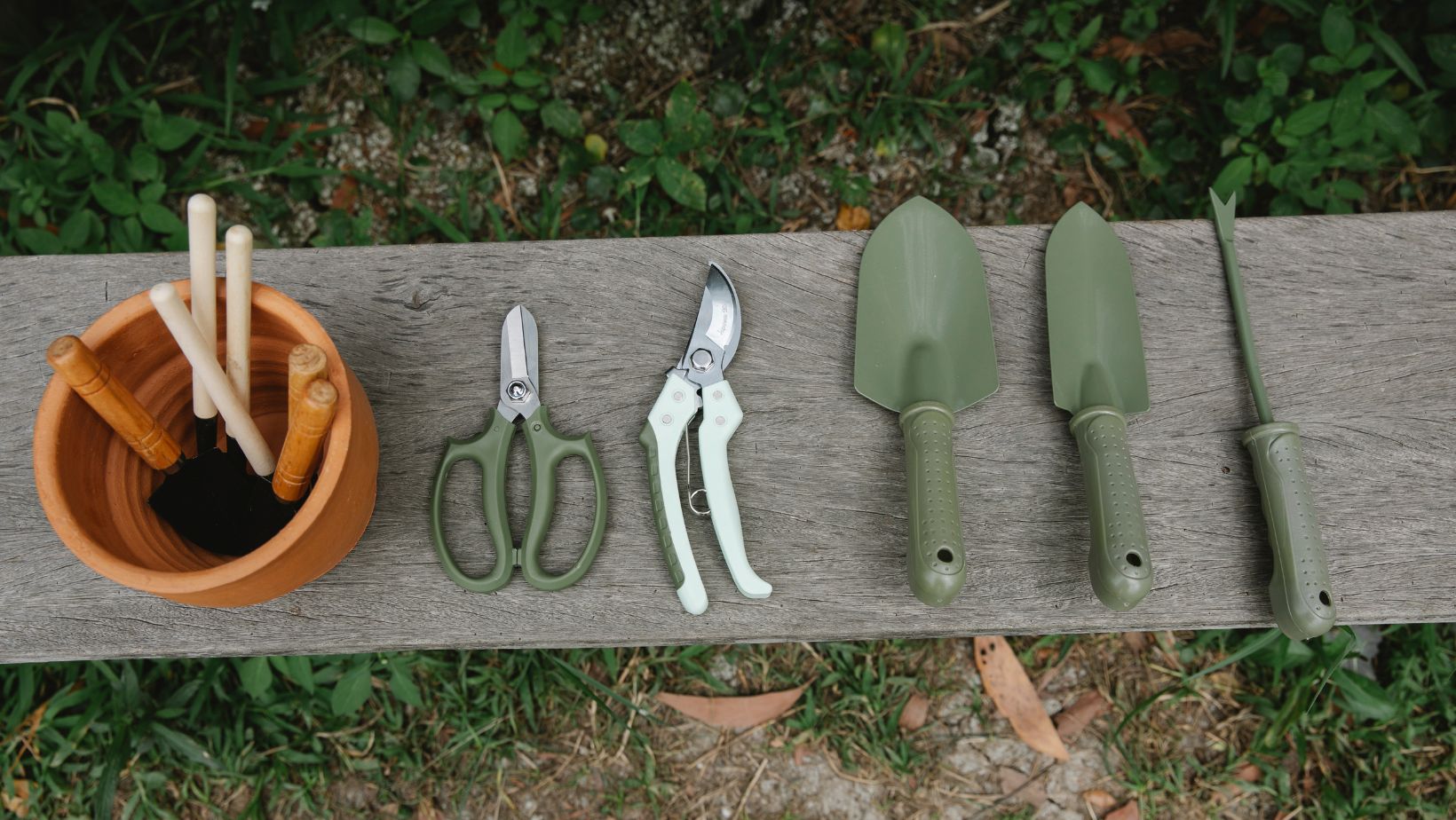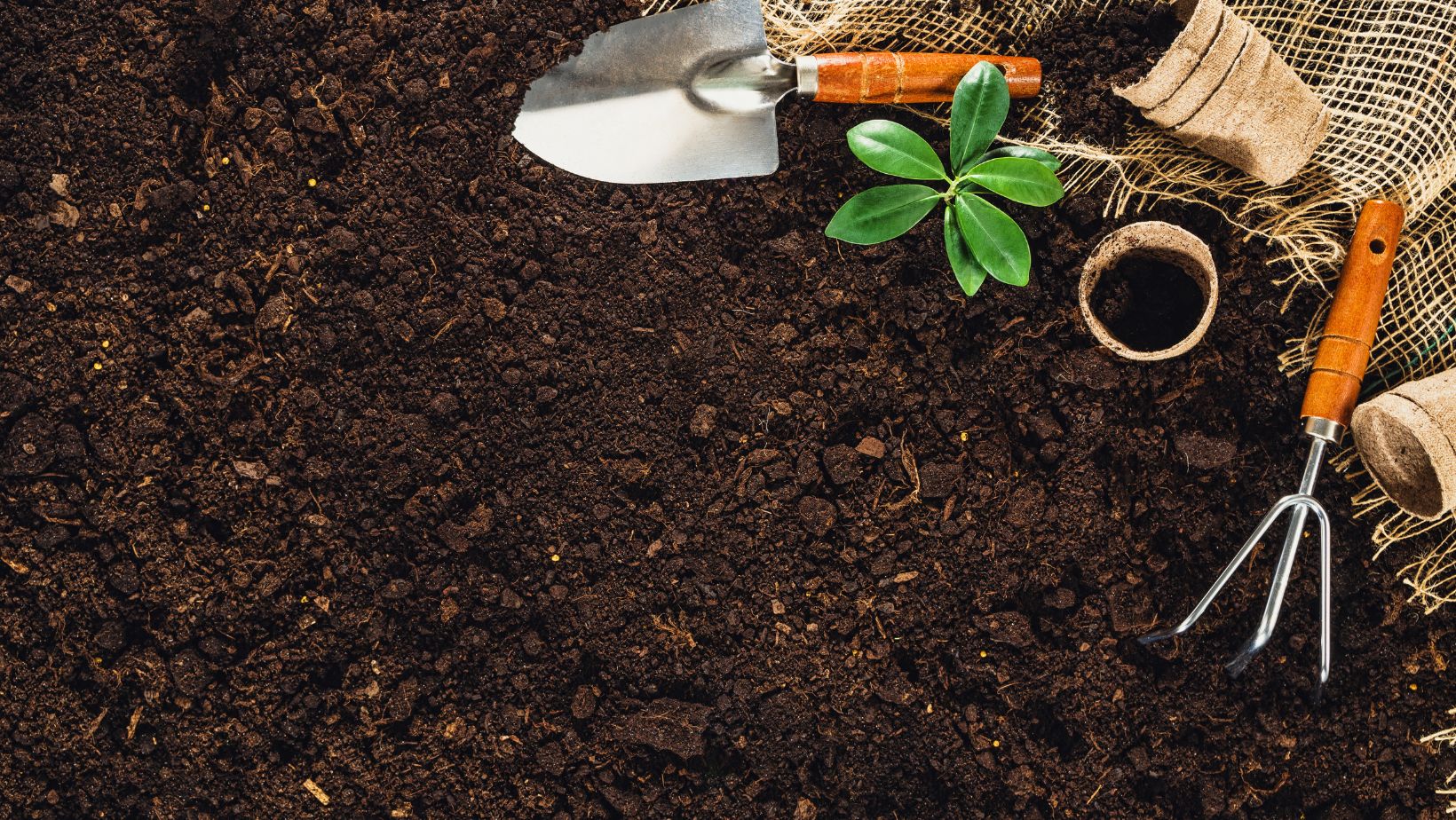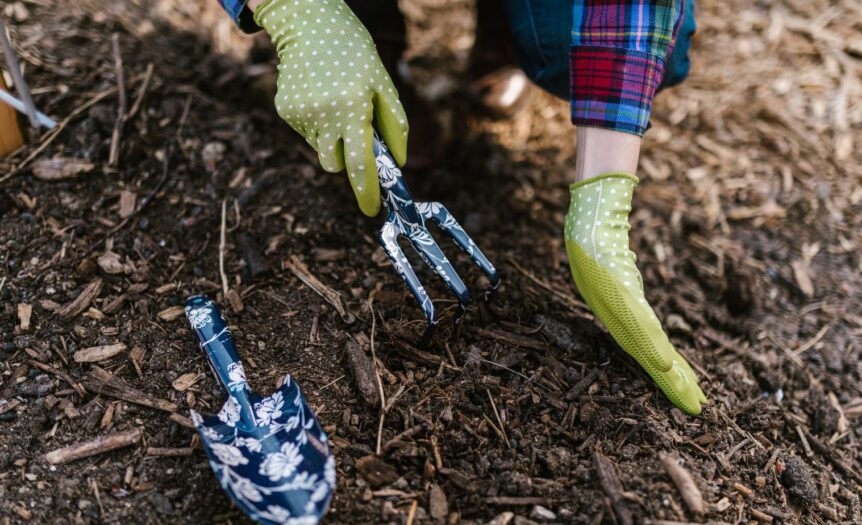Smart gardening tools have revolutionized the way we approach gardening, allowing for more efficient use of space and better overall productivity. Historically, gardening tools have been basic and manual, with gardeners relying on their physical labor to maintain their plots. As technology advanced, new tools were developed to assist in making gardening less labor-intensive. Today, smart tools incorporate automation, sensors, and data to help optimize plant growth and care. These tools allow gardeners to manage limited space more effectively, monitor plant health in real-time, and automate tasks like watering, all of which lead to healthier plants and increased yields. Whether you have a small balcony garden or a larger backyard, these innovations help gardeners of all skill levels create thriving, productive spaces.
What are Smart Tools?
Smart gardening tools are designed to make gardening more efficient by incorporating technology into traditional practices. These tools use sensors, automation, and data analysis to help gardeners optimize their space and care for their plants more effectively. Smart tools can include items like soil moisture sensors, automated watering systems, and app-connected garden management platforms.
The key benefits of these tools include:
- Real-time monitoring of plant health
- Automated watering to save time and water
- Improved soil condition management
- Pest control through smart devices
- Temperature and humidity monitoring
- Integration with mobile apps for ease of use
- Data-driven insights to boost plant growth
By using smart tools, gardeners can reduce the time spent on manual tasks, such as watering and weeding, while ensuring their plants receive the right care. These tools allow for greater control over growing conditions, which is especially helpful for maximizing small spaces. As technology continues to evolve, smart gardening tools will only become more advanced, offering even more ways to enhance productivity and plant health.
Maximizing Small Spaces
Maximizing small gardening spaces is a challenge that many people face, especially in urban environments where yard space is limited. Smart gardening tools make it easier to make the most of these smaller areas by using vertical gardening, container systems, and automation.

These tools allow gardeners to grow more with less space, whether it’s through raised beds or stackable planters. By utilizing technologies like app-controlled irrigation systems and smart lighting, gardeners can create efficient growing environments that adapt to the space available. For example, Local NSA Storage Options can be used to store gardening tools and excess supplies, freeing up space for plant growth. This approach to storage and organization helps gardeners keep their spaces neat and accessible while minimizing clutter. Vertical gardens, combined with smart watering systems, help conserve water and keep plants healthy, even in cramped spaces. The ability to automate certain tasks means that gardeners can spend less time managing their plants and more time enjoying the fruits of their labor. By integrating these innovative tools, gardeners are able to grow a wide variety of plants in smaller spaces, making urban gardening more accessible than ever.
Note: The concept of maximizing small spaces for gardening dates back to the rise of urban agriculture in the early 20th century, when limited city space encouraged creative growing solutions such as rooftop gardens and container planting.
Efficient Watering Solutions
Efficient watering is crucial for maximizing plant growth while conserving water, especially in small spaces or areas with limited access to water sources. Smart gardening tools, such as automated irrigation systems, can monitor soil moisture levels and water plants only when needed, reducing waste and ensuring that plants receive the right amount of water. These systems are connected to sensors that track the moisture in the soil, allowing gardeners to set precise watering schedules based on the needs of their plants. This is particularly helpful for maintaining consistent hydration levels, which is essential for plant health and growth. Additionally, rain barrels and water-saving devices can be integrated into the system to collect and reuse rainwater, further promoting sustainability. With smart watering solutions, gardeners can reduce the time spent on manual watering tasks while ensuring their plants receive optimal care. These tools also help save water, making gardening more eco-friendly and cost-effective. By automating the watering process, gardeners can focus on other aspects of plant care while knowing that their plants are being watered efficiently and effectively. This not only improves plant productivity but also supports a more sustainable approach to gardening, particularly in areas facing water shortages or restrictions.
Automation in the Garden
Automation in the garden is a game-changer for gardeners looking to increase productivity while reducing the time and effort spent on daily tasks. Smart gardening tools allow for greater efficiency by automating key gardening activities, such as watering, fertilizing, and even planting. These tools use sensors and timers to ensure that plants are properly cared for without the need for constant attention.
Automation offers several key benefits for gardeners:
- Saves time by eliminating the need for manual watering and planting
- Ensures plants receive consistent care, even when the gardener is busy
- Reduces human error, leading to healthier plants
- Helps conserve resources, such as water and fertilizers, by applying them only when needed
For example, smart irrigation systems can adjust watering schedules based on weather conditions and soil moisture levels, ensuring that plants are not overwatered or underwatered. Similarly, automated fertilizing systems can deliver nutrients at optimal times, promoting healthy growth. These technologies not only help maintain the garden’s health but also free up time for gardeners to focus on other aspects of their lives. With automation, gardening becomes more accessible and less time-consuming, allowing for a more productive and sustainable gardening experience.
Insight: Automation takes the guesswork out of gardening, making it easier to achieve consistent results without spending all your time tending to plants. With smart tools in place, gardeners can enjoy a healthier, more efficient garden while saving time and resources.
Optimizing Plant Growth
Smart gardening tools help optimize plant growth by providing the right conditions for each plant’s needs.

With the use of sensors and smart lighting, gardeners can monitor soil moisture, temperature, and light exposure, adjusting them for maximum growth. These tools make it easier to track how plants are doing and take immediate action if conditions change. By creating the ideal environment, gardeners can encourage healthier plants and increase productivity, whether they’re growing vegetables, flowers, or herbs.
Creating a Productive Garden
Smart gardening tools can help create a more productive garden by maximizing space and ensuring that plants receive the best care possible. These tools enable gardeners to monitor conditions, automate tasks, and optimize plant growth. With the help of technology, gardening becomes more efficient, allowing for healthier plants and better yields. By using these innovations, anyone can enjoy a thriving, productive garden with less effort and more rewards.


